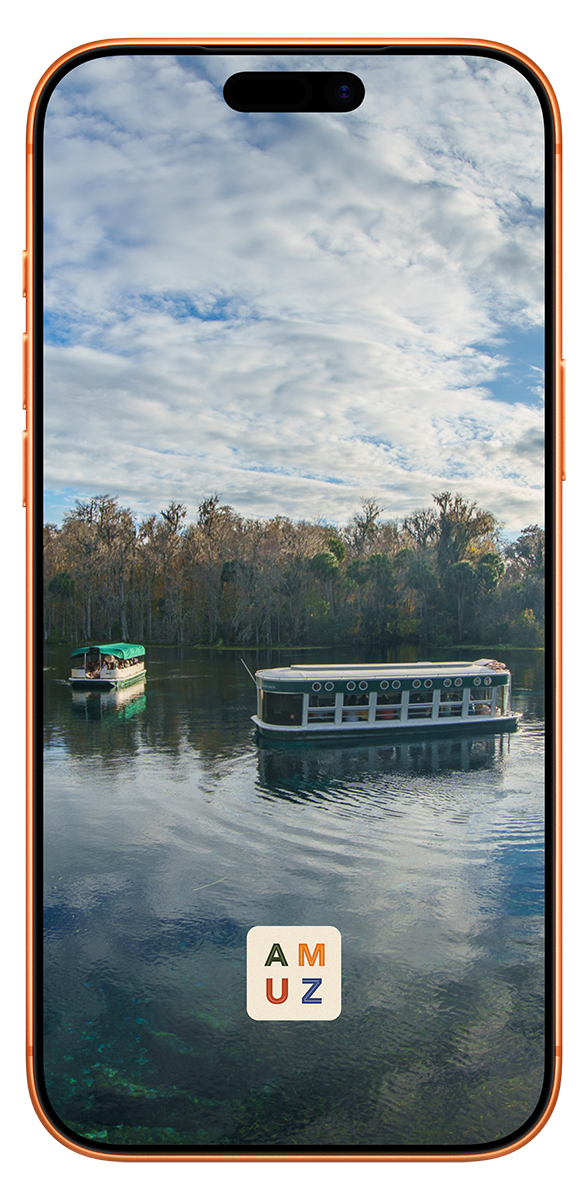|
|

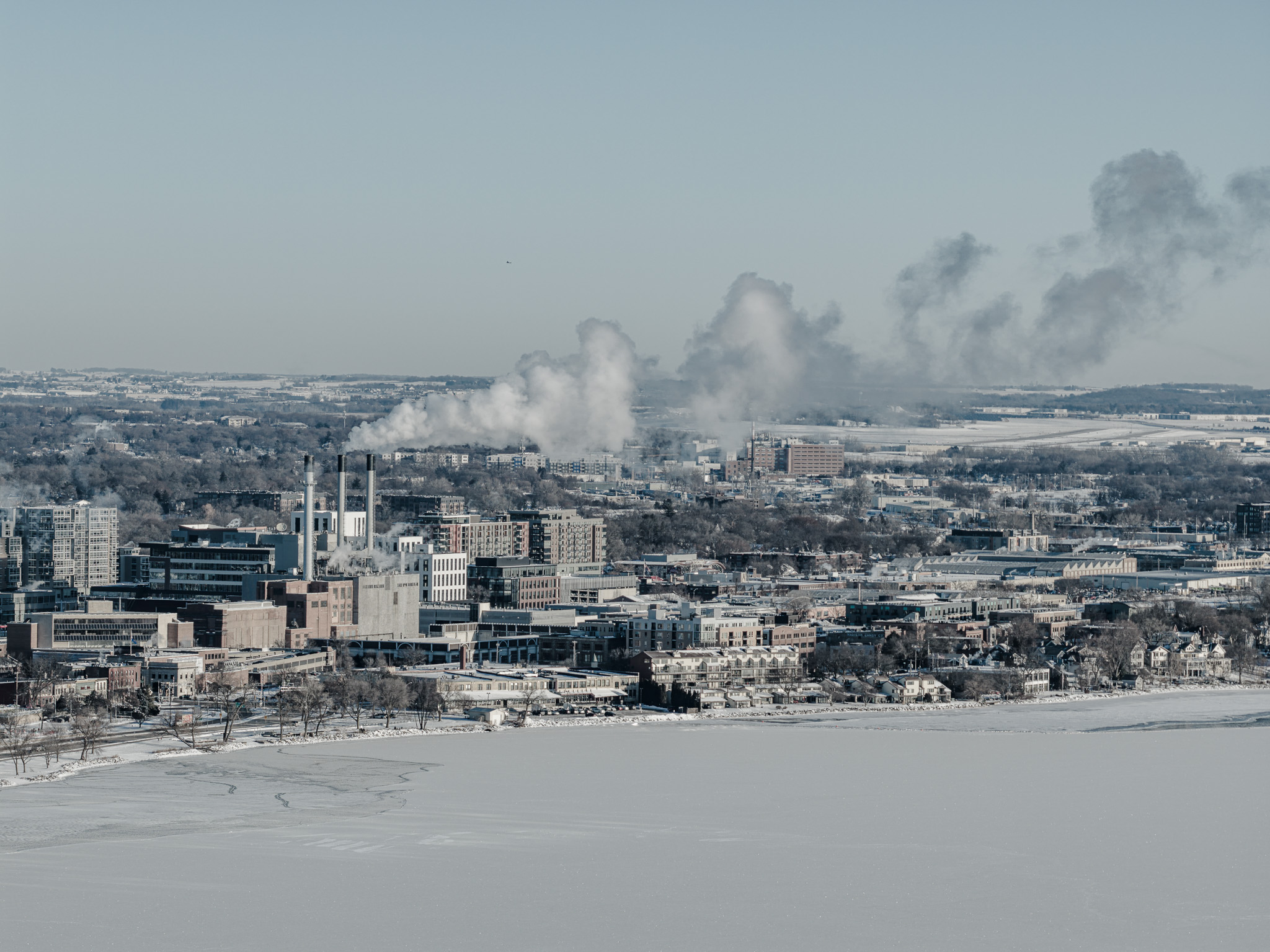
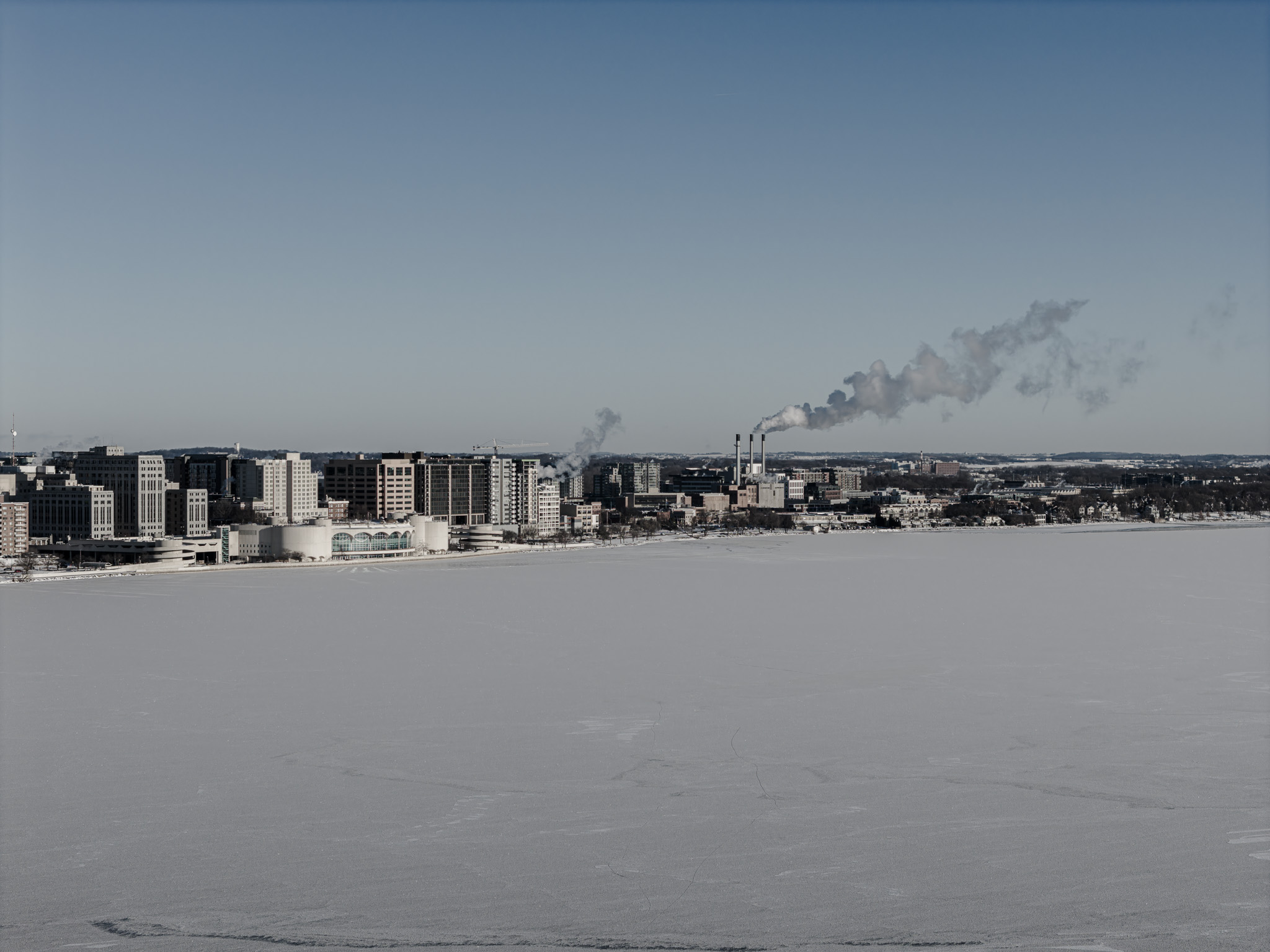

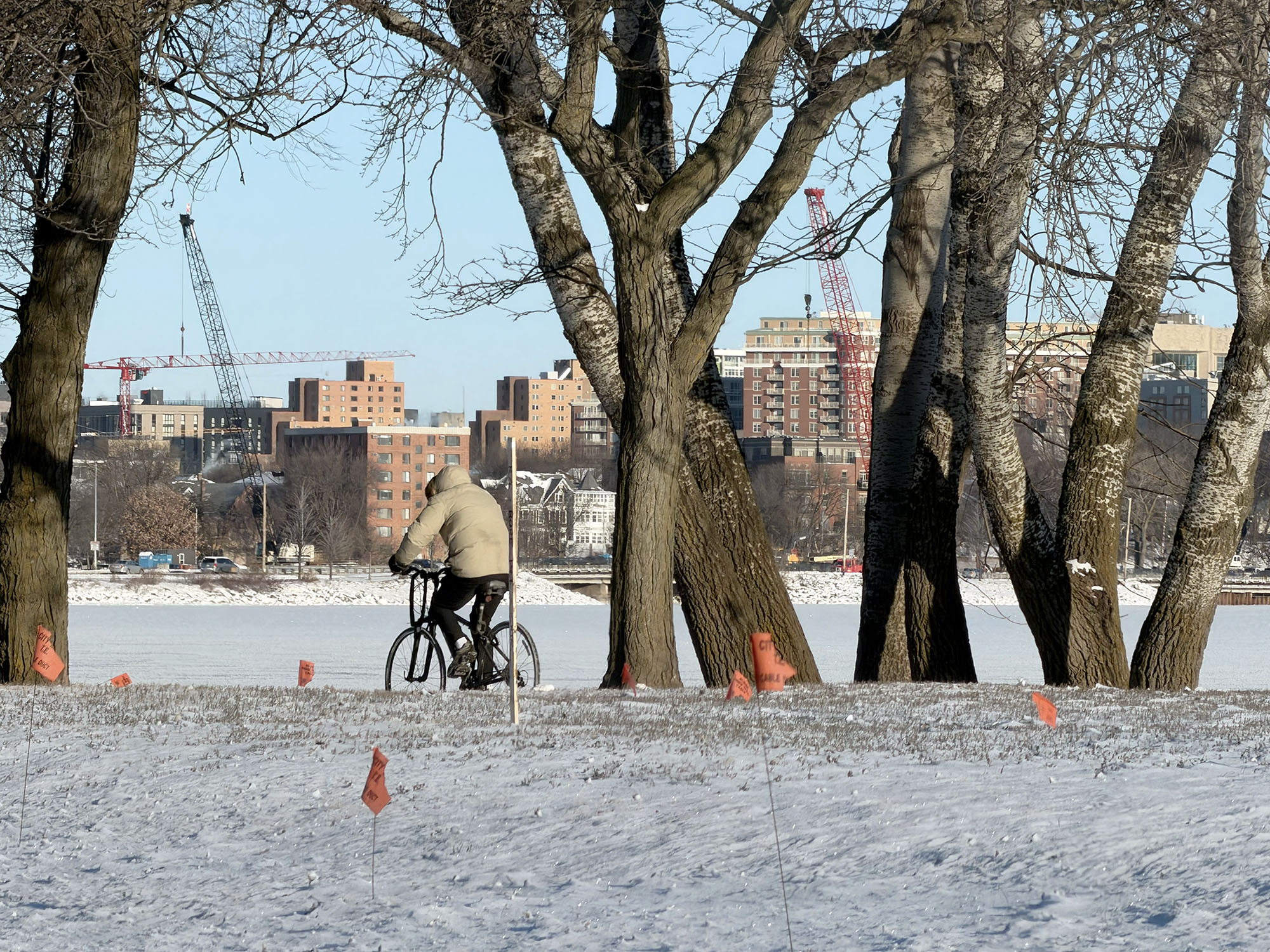






The history of the Lago Refinery is deeply intertwined with Aruba’s economic and social development. Once one of the largest refineries in the world, it played a significant role in shaping the island’s prosperity during the 20th century. From its early beginnings as a transshipment facility to its transformation into a full-scale refinery, the Lago Refinery brought employment, modernization, and international recognition to Aruba. Though it eventually closed in 1985, its legacy continues to influence the island’s identity and growth.
The Birth of the Lago Refinery
The origins of the Lago Refinery can be traced back to the early 1920s when oil was discovered in Venezuela. This discovery led to an oil boom, attracting international investors eager to refine and transport crude oil. In 1924, the Lago Oil and Transport Company was established, initially functioning as a transshipment hub that transported Venezuelan oil to Aruba for temporary storage before being sent elsewhere. However, the company soon recognized Aruba’s strategic location, deep-water harbor, and political stability under Dutch rule.

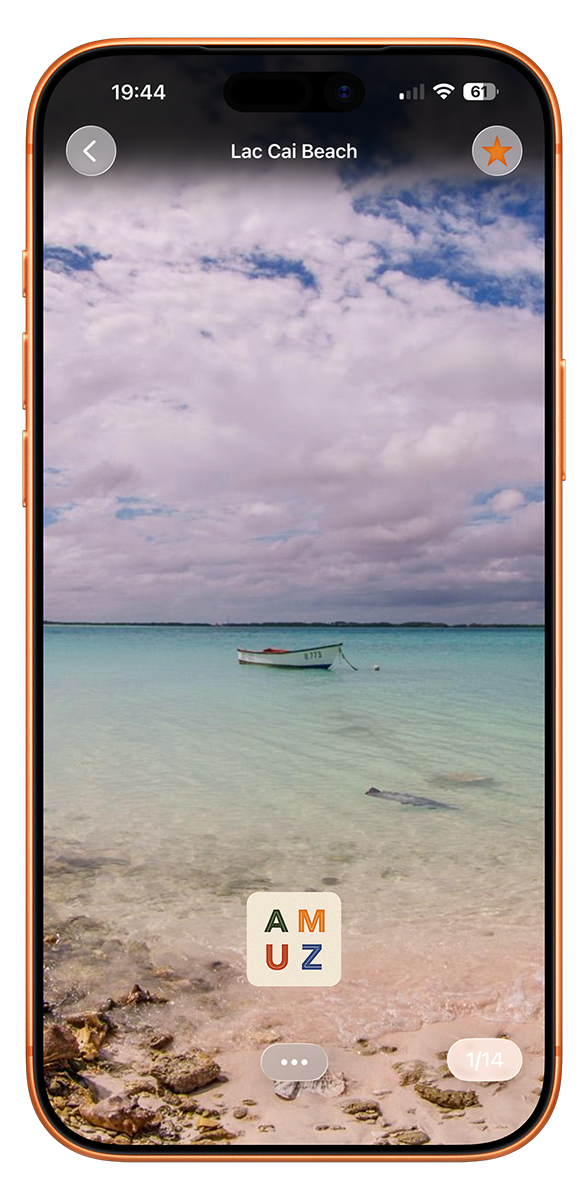



Traffic, traffic, traffic. Driving from Florida's Gulf Coast early one morning toward an inland airport, I was grumpy as the urban sprawl continued for miles and miles. Subdivision, strip mall, gas station, retail, billboards. Stoplights. Rinse, repeat.
Suddenly.
Serenity. Beauty.
Gorgeous trees wrapped in morning fog. Birds. Farms.
It was beautiful.
Recently, a bit more time meant that a few photos could be captured. They don't really do the serenity justice, particularly with the birds flying through the lifting fog. But, memories.
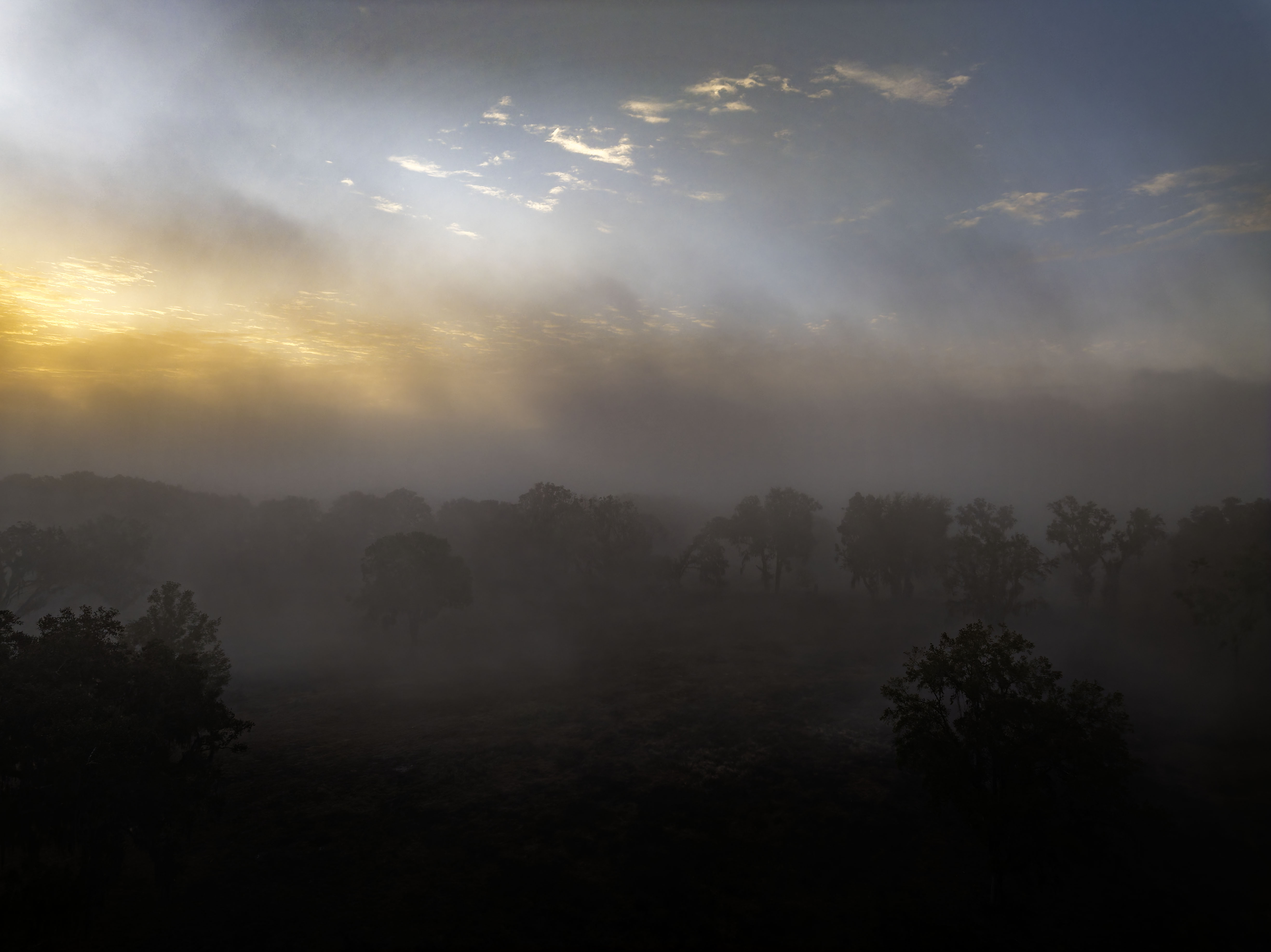
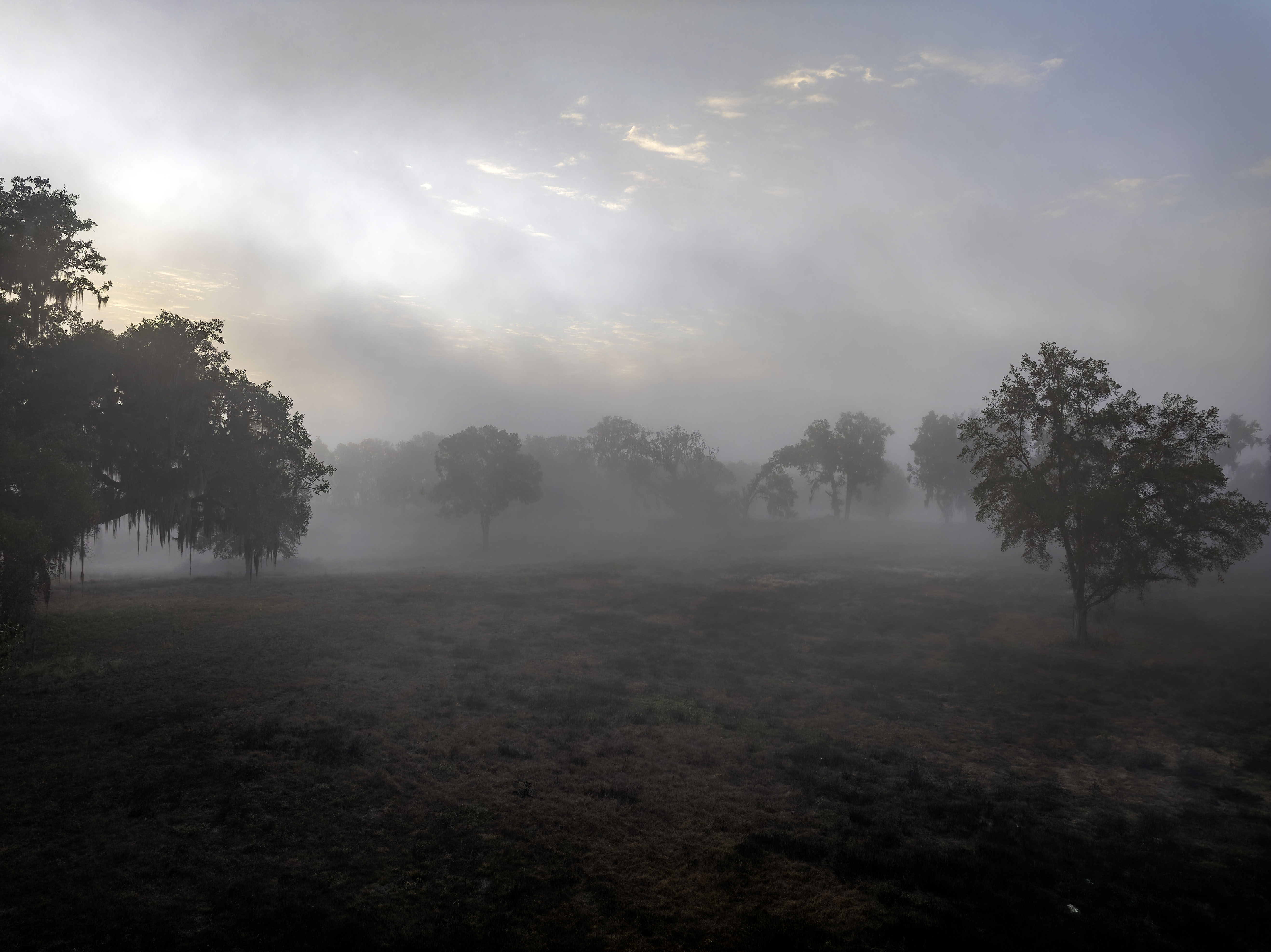
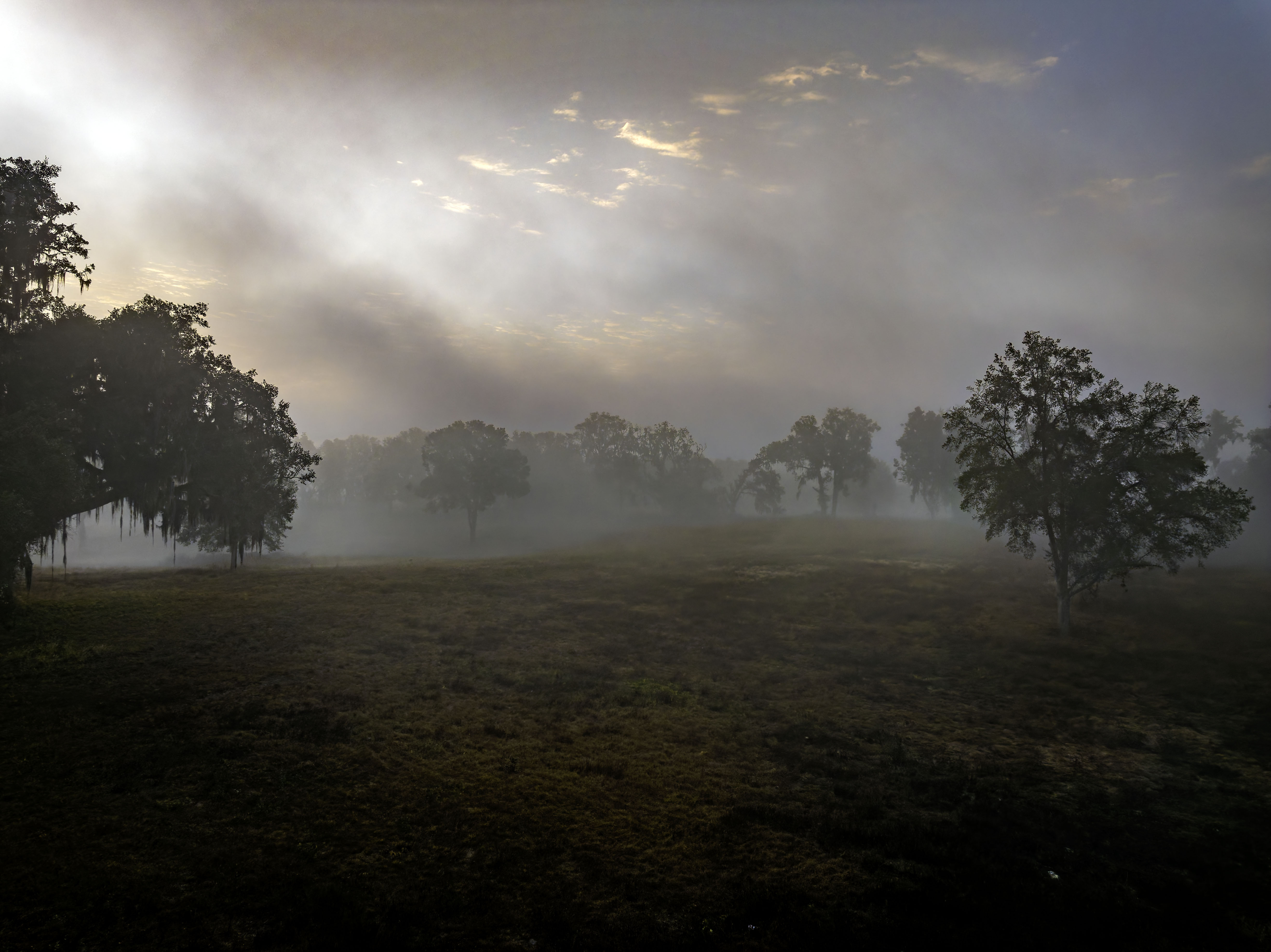
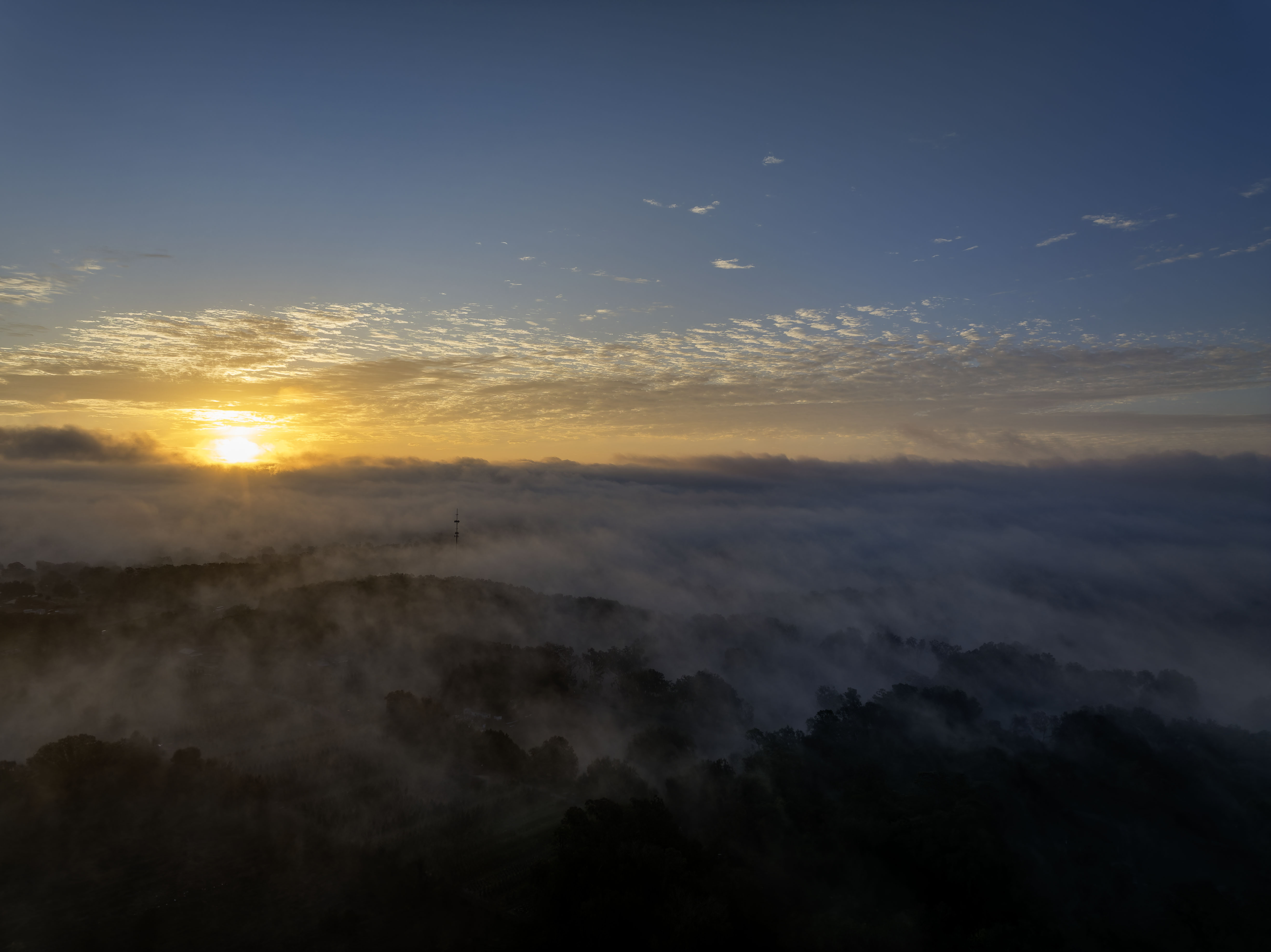
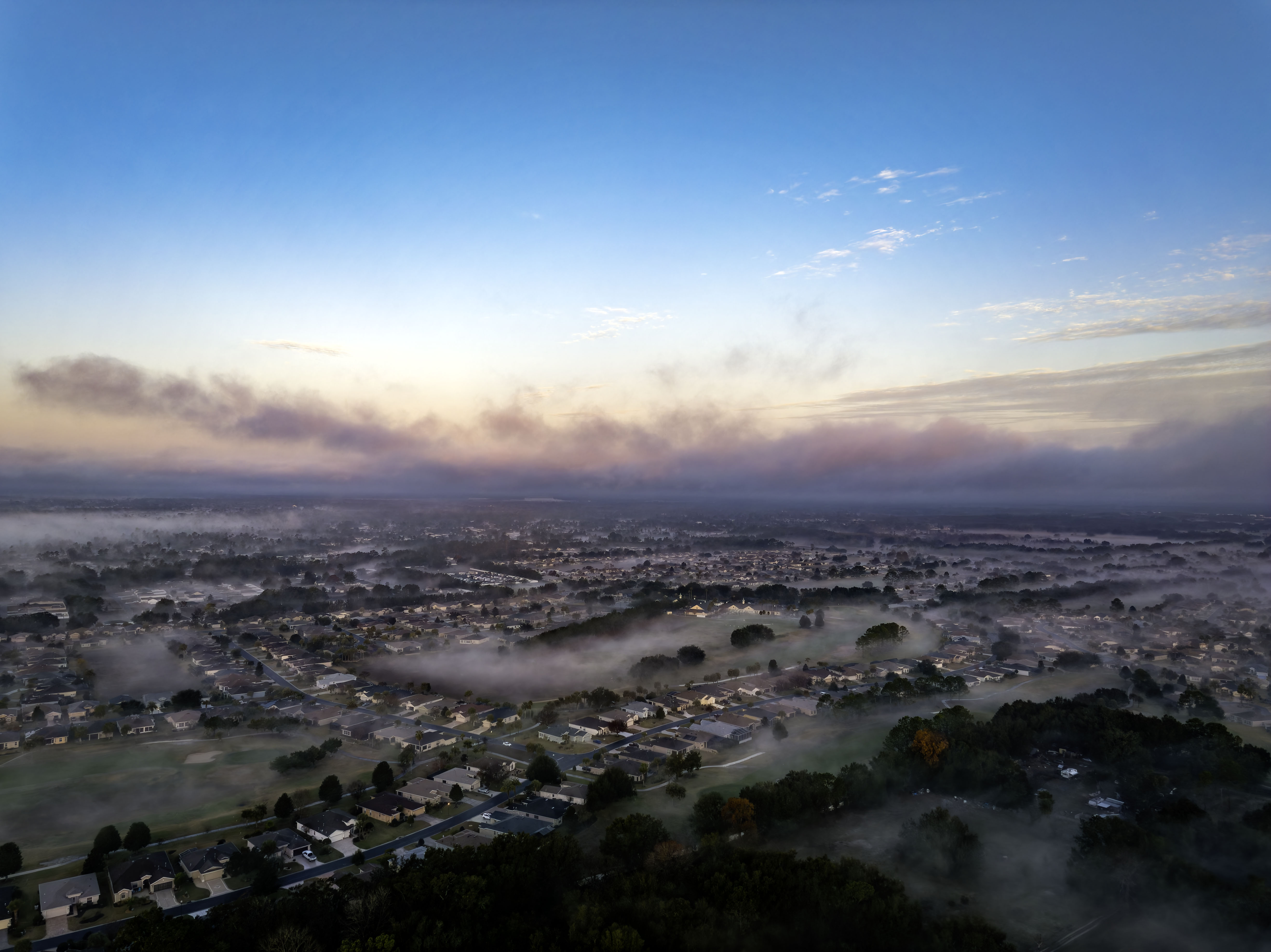
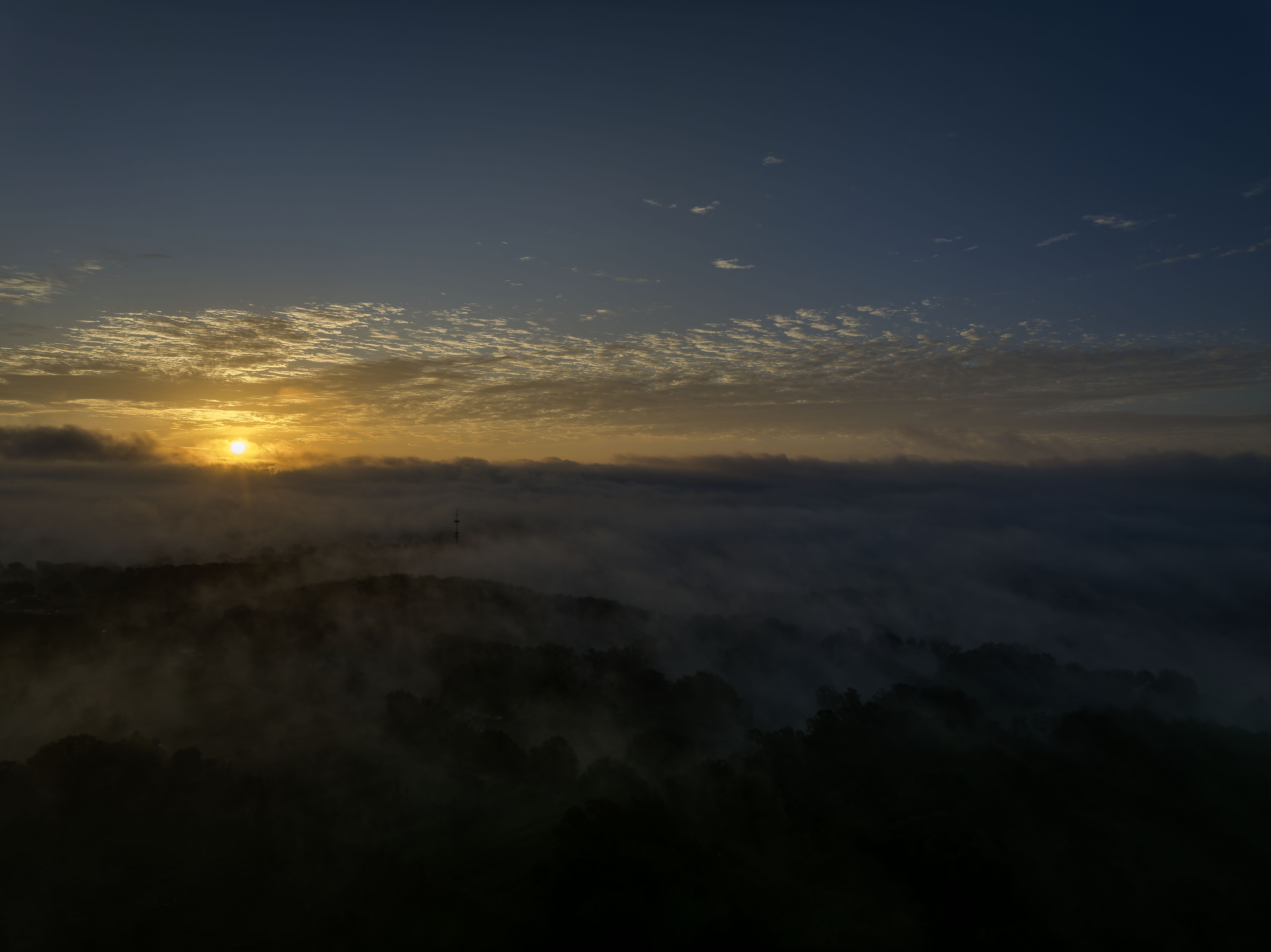
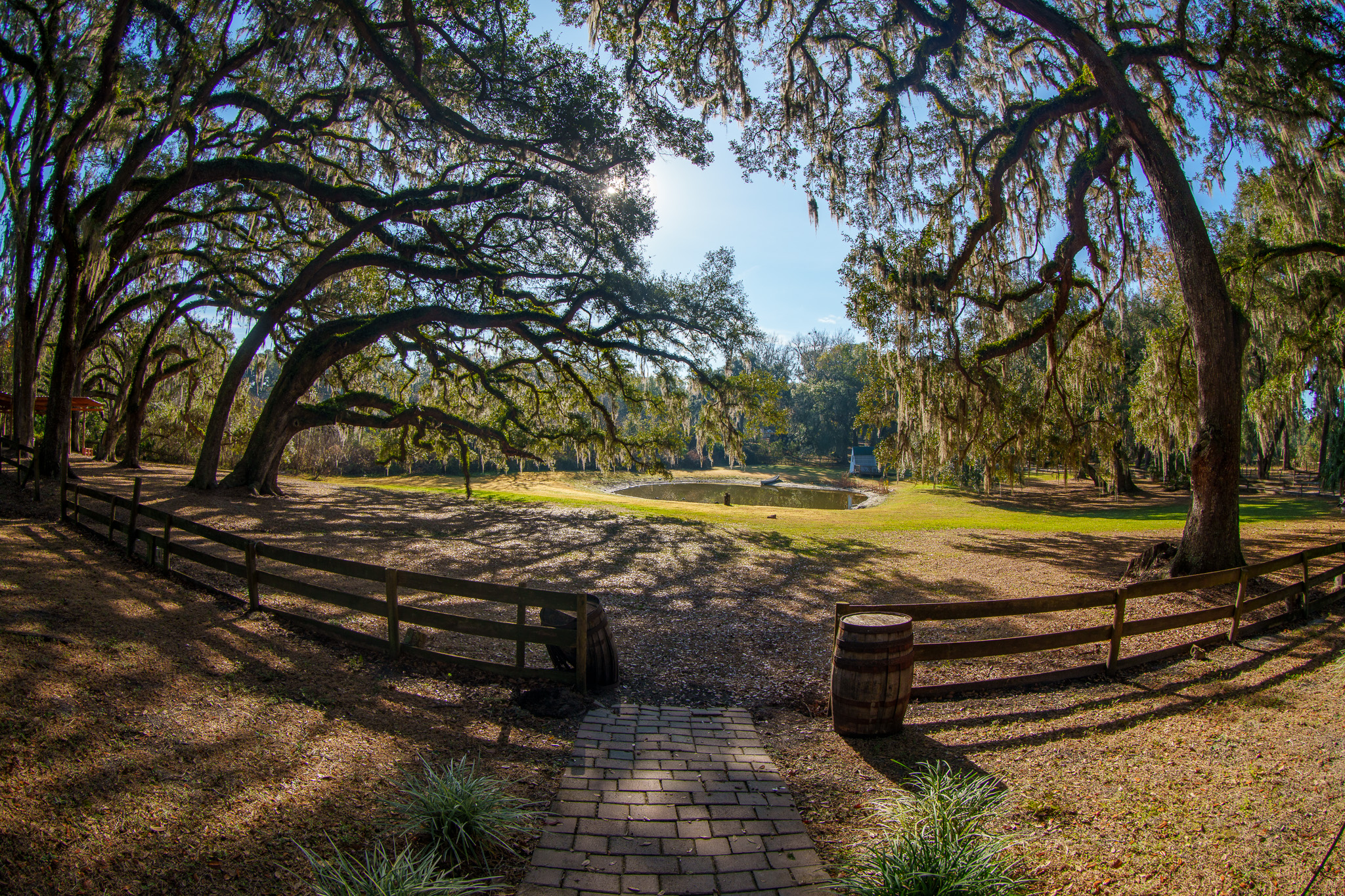
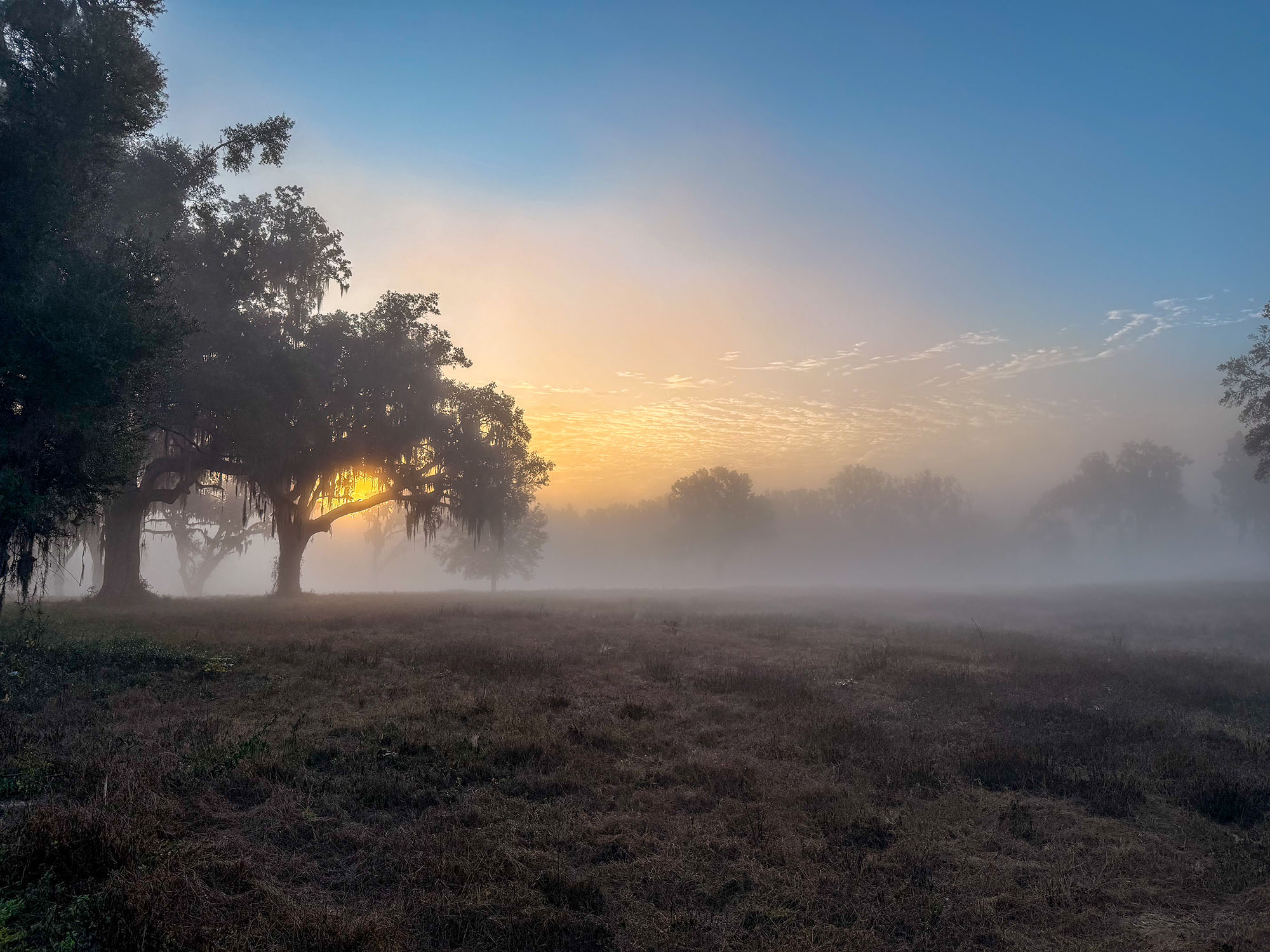
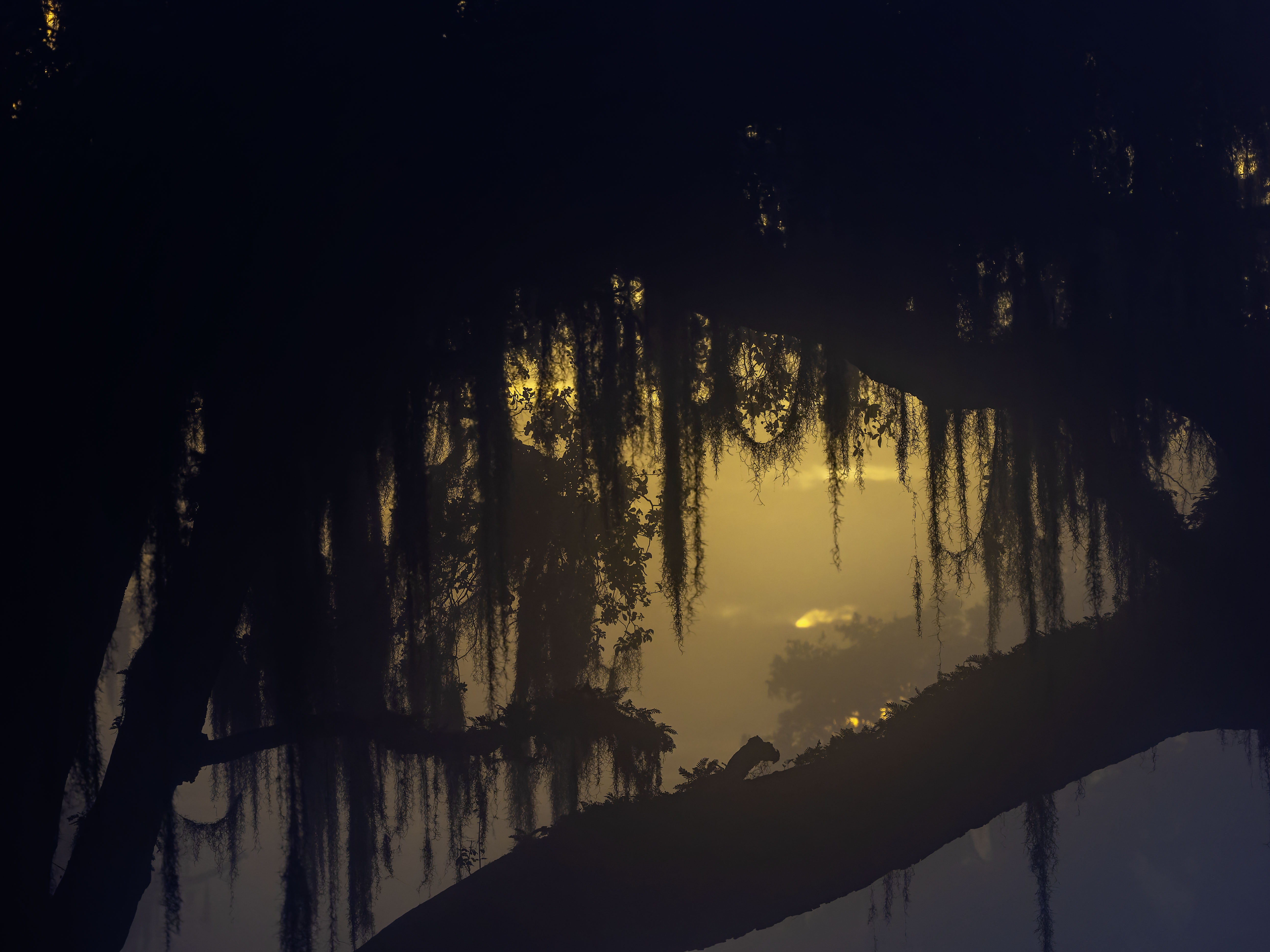
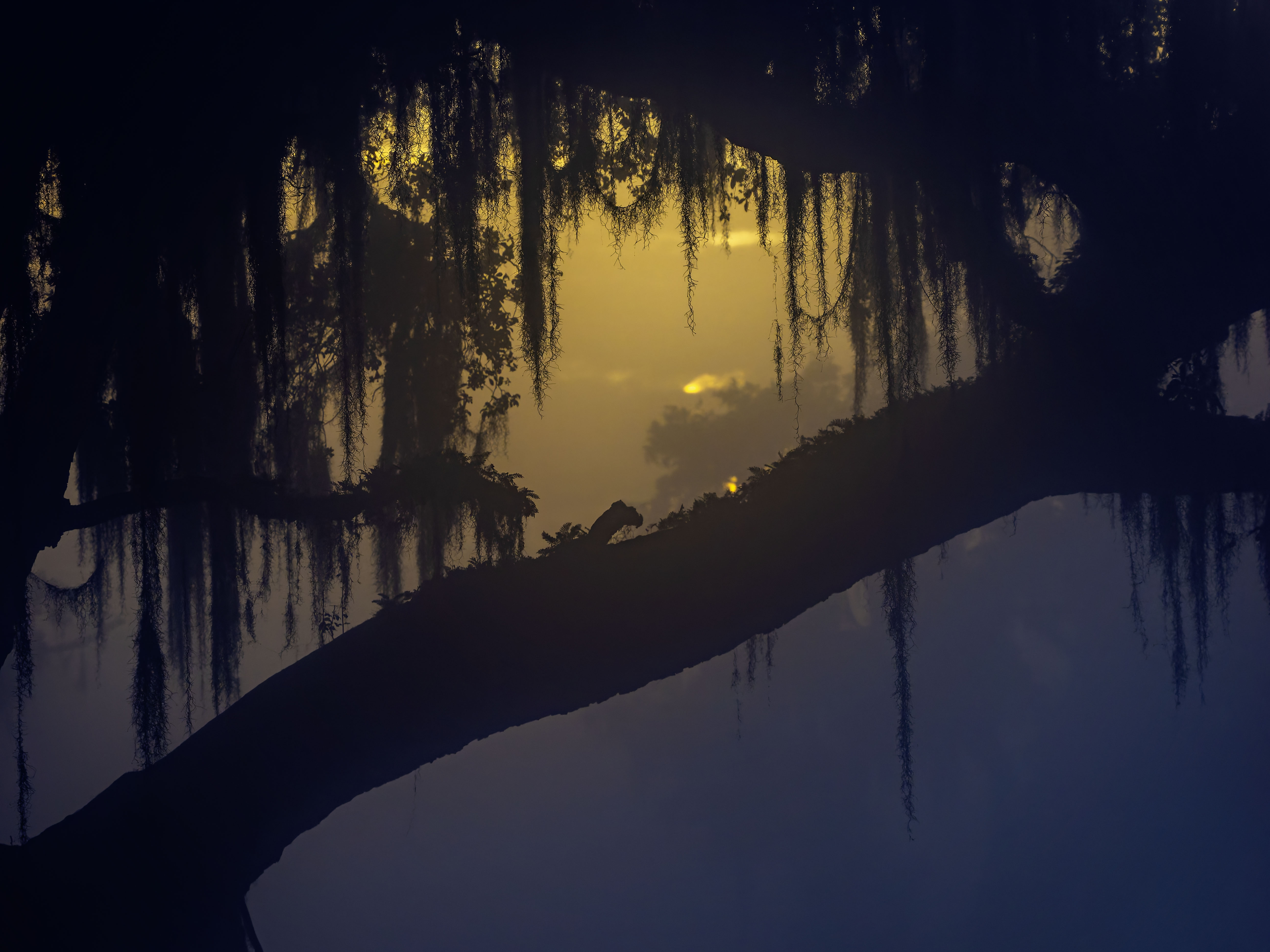

|
|
